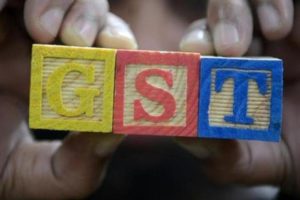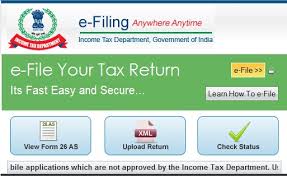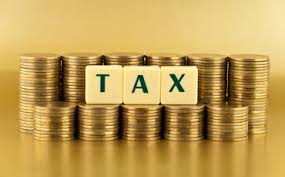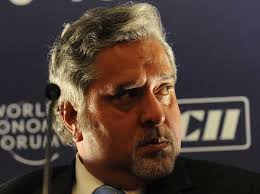
About 1% of the expected goods and services tax invoices had been uploaded on the GST Network more than a month after the facility opened, suggesting a last-minute scramble near the September 5 deadline and a clamour for an extension.
Only 4.4 million invoices have been uploaded as part of the GSTR 1 return filing, a facility that became operational on July 25.
“At least 440 million invoices should have been uploaded. The facility is open for 38 days, but only 4.4 million invoices have been uploaded. In last-minute filing, they will commit errors and the system will not accept the return,” said a GSTN official. Taxpayers would then seek an extension, he added.
“We will consider extending the deadline if people face genuine difficulties in filing GSTR 1,” said another official.
The last date to file provisional return GSTR 3B was extended from August 20 to August 25 after taxpayers faced difficulties in filing.
So far, 39.7 million returns have been filed by the 5.95 million entities registered for the GST in July, excluding those under the composition scheme. Based on this, 20-25% of those registered have not filed tax returns.
Experts pointed out taxpayers were grappling with GSTR 3B, the self-declaration form, for the first two months. This did not give them enough time to upload invoices, they added.
“People were busy filing GSTR 3B. They will start uploading invoices now,” said MS Mani of Deloitte.
Besides, the GSTN does not allow rectification or modification in returns submitted but not filed, making it a better option to wait. “In some cases, punching errors have increased the tax liability of assessees by crores of rupees, resulting in significantly high cash flows because the returns cannot be submitted without paying tax,” said Pratik Jain of PwC India.
He added the deadline for GSTR 2 of July was September 10, 2017, however, the offline utility was not yet available on the portal. In addition, there is an issue with the GSTN recognising existing SEZ units that migrated to the GST.
Companies were also grappling with filing input tax credit for pre-GST stocks with the offline utility tool unavailable. The government is expected to allow rectification of returns filed to claim credit.
With the offline utility for GST TRAN 1 form not available, companies faced difficulty in keying in the details. The lack of a provision for rectification of transitional credit claims may mean companies losing credit.
“In many cases, taxpayers had paid tax in cash. Till date, the credits of such cash payments are not reflected in the electronic cash ledger and the payments are shown as pending for banks’ confirmation,” Jain said.
GST relief
The government on the recommendation of the Goods and Services Tax (GST) Council on Friday waived the late fees for the GSTR 3B returns for July, filed after the due date. The announcement comes amid concerns raised over difficulties faced by the industry in filing returns.
The Council waived the late fees of Rs 200 (Rs100 each for State GST and central GST) for returns filed after August 25, the deadline.
“The Central Government, on the recommendations of the Council, hereby waives the late fee payable under section 47 of the said Act, for all registered persons who failed to furnish the return in FORM GSTR-3B for the month of July, 2017 by the due date,” said the notification.
Source: Business Standard





